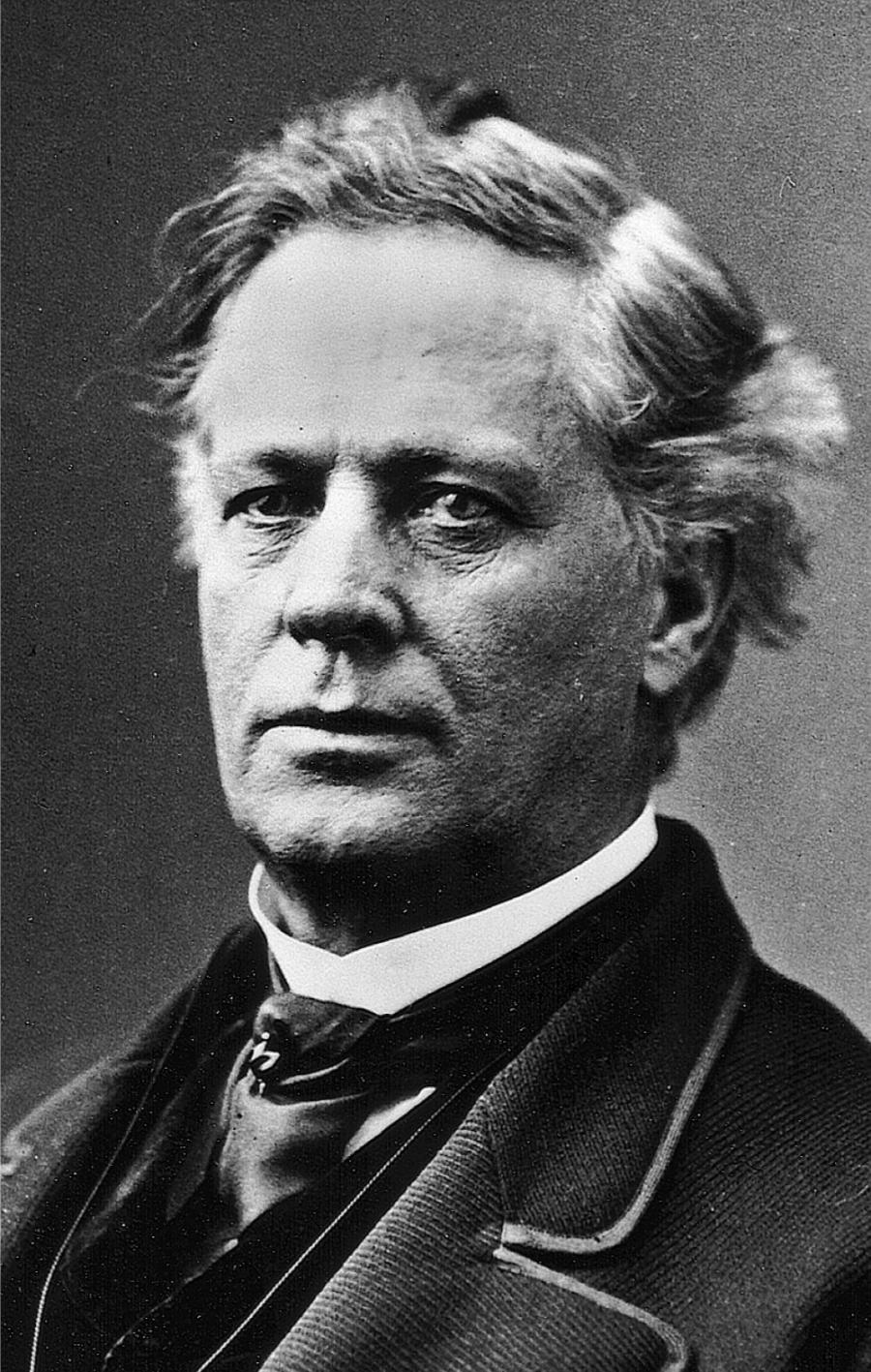Cleveland Water's First Engineer

Theodore Ransom Scowden was a nationally recognized engineer, architect, inventor, and hydraulics expert.
Born in Pittsburgh, PA on June 8, 1815, and raised in Cincinnati, OH, Scowden studied at Augusta College in Kentucky before returning to Cincinnati in 1832 to work in the steam engine business. He showed an early interest in mechanics and devoted his studies, both academically and personally to hydraulics, civil engineering, and kinetics.
In 1845, he was appointed as engineer of the Cincinnati Water Works and tasked with designing and building a new water system. After nearly eight years of construction, the successfully completed project included the first low-pressure engine ever used in the Ohio and Mississippi Valleys, designed by Scowden himself.
In 1852, he resigned his post in Cincinnati and relocated to Cleveland, tasked once again with designing and constructing a municipal waterworks. Between 1853 and 1856, Scowden designed and constructed a new water system for the city of Cleveland that included an intake 300 feet out in Lake Erie, 11 miles of water mains, a 6-million-gallon reservoir, and a two-engine pumping facility on the west bank of the Cuyahoga River.
From 1857 to 1860, Scowden was hired to design and build waterworks for Louisville, KY. The original pumping station and water tower are still in existence today and are National Historic Landmarks. In 1861, in the midst of the Civil War, he took on the job of designing and building new locks and widening the Louisville and Portland Canal around the Falls of the Ohio River.
In 1864, Scowden returned to Cleveland, where he purchased and resided in a grand home on Euclid Avenue with his wife Rosetta Stewart Scowden and their children. He became involved in steel manufacturing, serving as the engineer for the construction of steel mills in Cleveland, New York, Cincinnati, and Louisville. He also continued his consulting engineering business, taking contracts to design water supply systems in Dubuque, IA; Newport, KY; and Sidney, OH. He was again hired by Cleveland in 1868, this time to be the consulting engineer on a project to extend the water intake pipe farther into Lake Erie in order to access cleaner water.
Scowden died on December 31, 1881, at the Windsor Hotel in Jacksonville, Florida where he had gone in an attempt to recuperate from ill-health. He is described in an obituary as “one of the pleasantest gentlemen, personally, and those who had the privilege of close acquaintance and friendship can bear earnest testimony to his kindness of heart and graciousness of manner. He was a fascinating companion, a devoted husband, and an affectionate parent.”
During his life, Scowden designed and patented a number of inventions including a breech-loading cannon, an iron rolling mill, a low-pressure steamboat engine, the first steam dial indicator, and an early version of a gate valve. He is buried in Lakeview Cemetery in Cleveland with his wife.
References: Documentary History of American Water-works
